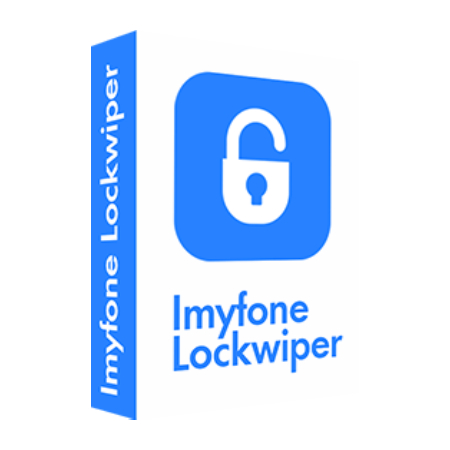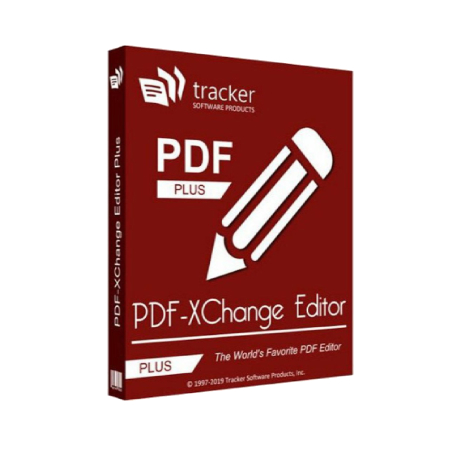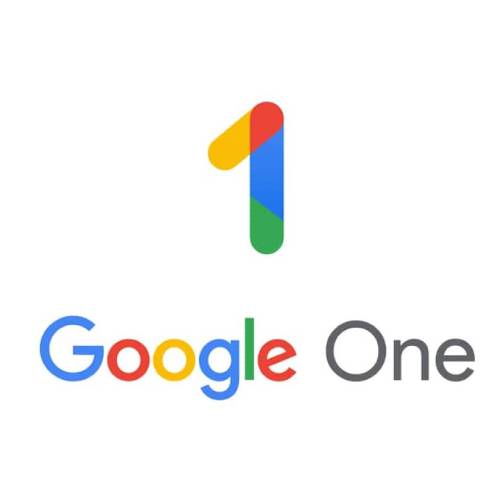.jpeg)
This advancement expands the utility of Bitcoin, traditionally known for peer-to-peer transactions, into the realms of tokenization and decentralized finance. They’re used for things like meme coins and have a growing community. At the same time, BRC-20 uses Ordinals on Bitcoin without modifying the Bitcoin code. how to start white label forex brokerage step by step guide BRC-20 uses ordinal inscriptions of JavaScript Object Notation (JSON) to deploy token contracts and mint and transfer tokens.
Instead, it uses ordinal inscriptions to put JSON data into Bitcoin transactions. This makes token deployment, minting, and transfer processes simpler. ERC-20 is a fungible token standard on Ethereum using smart contracts, while BRC-20 is a clever way to create semi-fungible tokens using ordinal inscriptions on Bitcoin. BRC-20 is simpler and more constrained than ERC-20 due to the purposely limited programmability of the Bitcoin blockchain.
What Are Bitcoin Ordinals?
The innovation quickly captured public attention and led to the generation of many new tokens in the Bitcoin ecosystem. The future of BRC-20 tokens may be uncertain, but what’s clear is that they have added an entirely new dimension to the Bitcoin network. As we look forward to more advancements, the story of BRC-20 serves as a reminder of the innovative spirit that continues to drive the crypto world forward. While BRC-20 tokens offer a variety of innovative possibilities, it’s crucial to remember that they also come with significant risks and potential problems. In the dynamic world of crypto, meme tokens hold a special, quirky spot. Its creation sparked great interest and the emergence of numerous other BRC-20 tokens.
It’s crucial to note that while all BRC-20 7 better vpns than vpn.ht updated in april 2020 tokens utilize sequence numbers, not all sequence numbers adhere to the BRC 20 standard. The distinguishing factor lies in the recorded JSON data, defining the individual features of BRC-20 coins. In January 2023, Casey Rodarmor created the Bitcoin Ordinals protocol. The Bitcoin blockchain started supporting NFTs for the first time with this new protocol.
At the moment, ERC-20 tokens are likely the better option over BRC-20 tokens for several reasons. Firstly, if you’re a big fan of smart contracts, you may not like the functionality of the BRC-20 standard. While the Ethereum blockchain is known for its NFT support, the Bitcoin blockchain has never supported any crypto asset aside from Bitcoin itself. While some like this, others view it as a limiting factor to the Bitcoin blockchain’s growth.
- As one of the more recent innovations within the Bitcoin ecosystem, the introduction of BRC-20 tokens opened new possibilities and challenged traditional perceptions of what Bitcoin can achieve.
- There are various crypto token standards across numerous blockchains, including ERC-20, BEP-20, TRC-20, and, now, BRC-20.
- Utilizing this protocol, BRC-20 tokens are inscribed with JSON data, providing additional functionalities like token deployment, minting, and transfer on the Bitcoin network.
The top 6 BRC-20 tokens
Users can now inscribe information onto individual Satoshis, the tiniest units of Bitcoin. At first, people mostly used the protocol to create unique Bitcoin tokens. This is especially true for those that were mined in the early blocks or by Satoshi Nakamoto himself. Because of this rarity, they have substantial value and collectors are interested in them. However, while considering the benefits, you should also note that BRC-20 tokens come with limitations, and are still in an experimental phase. These tokens lack smart contract capabilities and compatibility with the Ethereum Virtual Machine (EVM), which may restrict the breadth of their potential applications and the overall ecosystem.
.jpeg)
BRC-20 vs. ARC-20 – Comparing fungible token standard for Bitcoin
The first and currently largest BRC-20 token, ORDI is short for ordinals and was the first token to utilise this standard. These tokens are similar to ERC-20 tokens used on the Ethereum network and throughout the DeFi space, where tokens have various utilities and functions. These tokens have rapidly gained in popularity over the last year, with the total market growing to more than $1bn and multiple tokens receiving listings on tier-1 exchanges.
Users can also use JSON data to mint new tokens or transfer existing tokens to other addresses. So, before you go diving into BRC-20, make sure you do your research. While Ledger can protect you from exposing your private key on the internet, it can’t prevent you from mismanaging your ordinals. It’s all too easy to send your BRC-20 tokens by mistake, so before you dive in, make sure you check out the support article on how to manage ordinals.
What Is BRC-20?
A couple of years later, in January 2023, Casey Rodarmor brought the Bitcoin Ordinals protocol to life. Essentially it allowed the Bitcoin network to support something close to NFTs. The protocol introduced a method of inscribing information, such as images or text, onto individual Satoshis (the smallest denominations of Bitcoin possible). The Taproot upgrade, which increased the data capacity of Bitcoin blocks, played a crucial role in enabling the Ordinals protocol and subsequently laid the groundwork for BRC-20 tokens.
Manage your BRC-20 tokens with Ledger and Leather (Hiro)
However, developers have come up with clever solutions that make it possible to issue a variety of digital assets on the Bitcoin blockchain, including fungible tokens understanding share retracements in stock markets finschool as well as NFTs. BRC-20 is a standard for issuing fungible tokens on the Bitcoin blockchain. The BRC-20 standard was introduced in March of 2023 by a developer using the pseudonym Domo. While this token standard has seen some traction, it’s still regarded as experimental.
After completing these verifications, confidently proceed with the purchase. The proof-of-work consensus mechanism, while secure, may result in slower transaction speeds and scalability issues during periods of high network activity. This can give rise to increased transaction fees and potential delays in processing transactions. It shows how the crypto field is always changing and how the community wants to see what the Bitcoin blockchain can do. The creation of these tokens has not just been a testament to the technical capabilities of BRC-20, but also a driving force in its popularity and adoption. They have played a pivotal role in familiarizing users with the concept and potential of BRC-20 tokens, and encouraging the growth of the BRC-20 token ecosystem.
Peter has been covering the cryptocurrency and blockchain space since 2017, when he first discovered Bitcoin and Ethereum. Peter’s main crypto interests are censorship-resistance, privacy and zero-knowledge tech, although he covers a broad range of crypto-related topics. He is also interested in NFTs as a unique digital medium, especially in the context of generative art. In the case of BRC-20 tokens, they are enabled by the Ordinals protocol.















